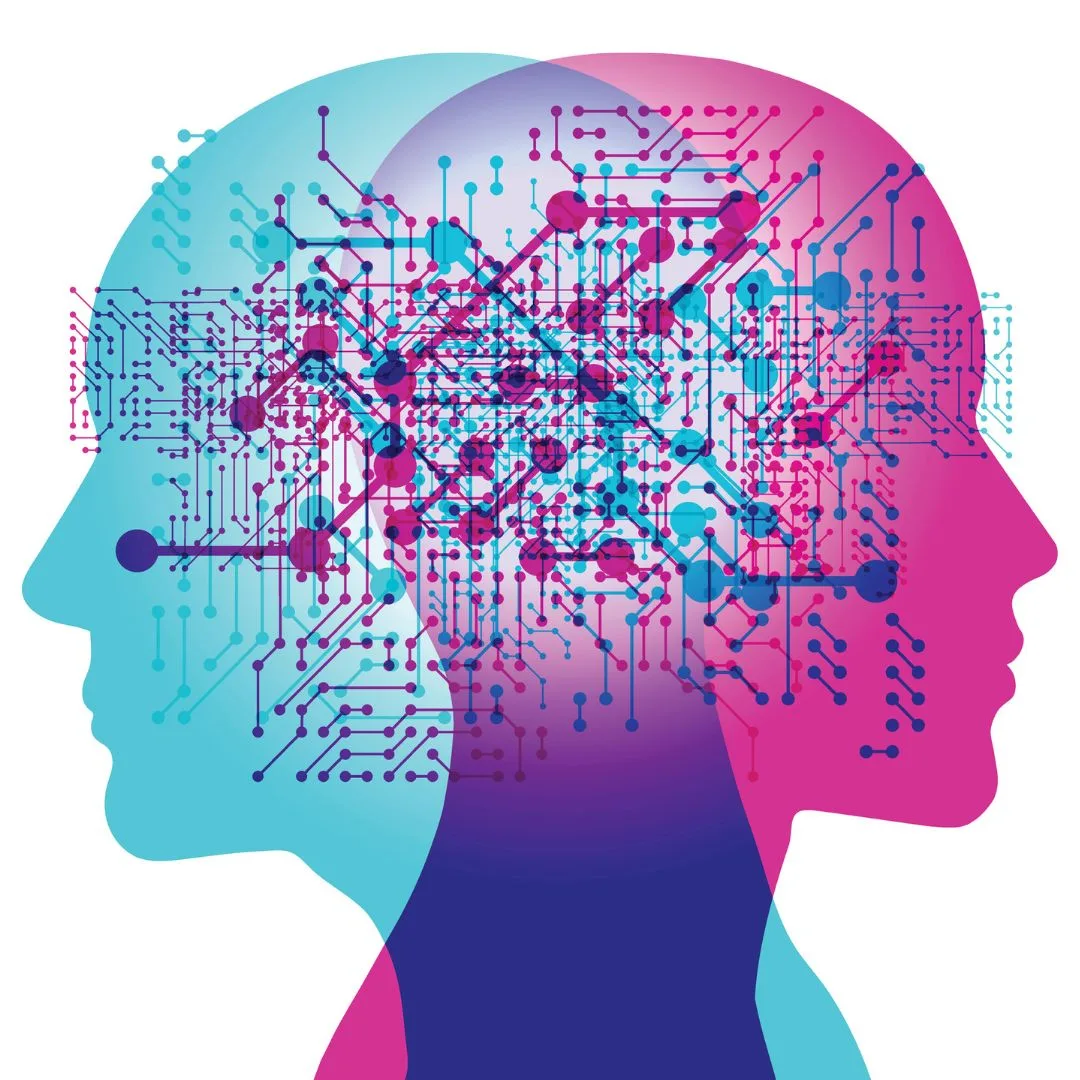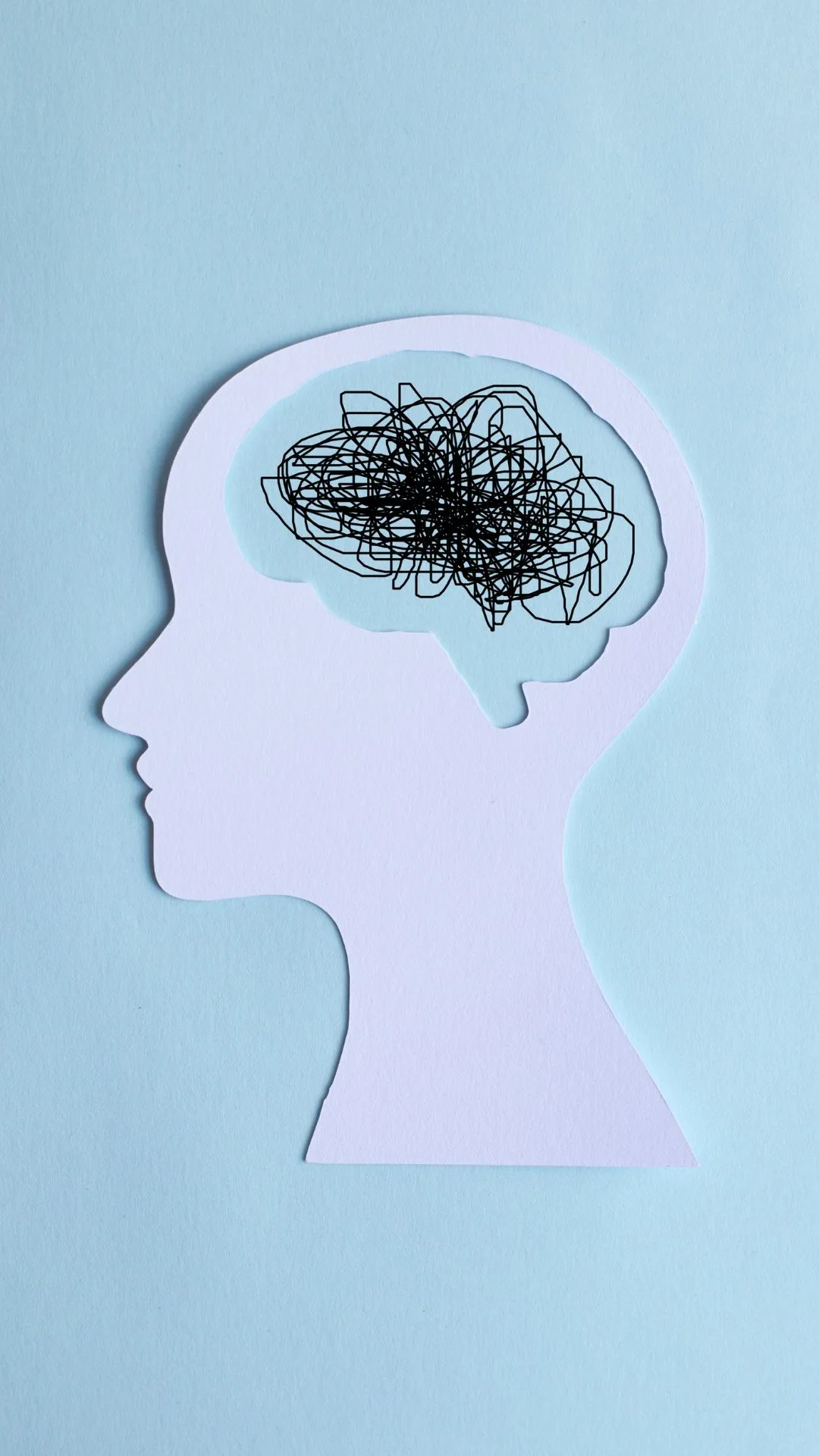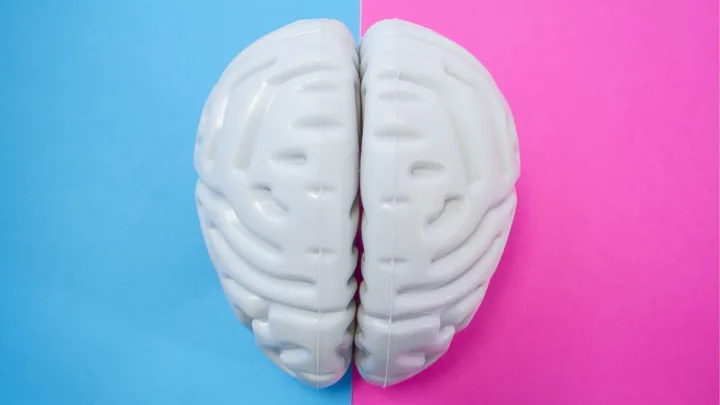The debate about whether there’s a difference between men and women’s brains has been going on for as long as most people can remember.
Even as people increasingly step outside of our traditional gender roles, it can still sometimes feel like the opposite gender is from another planet.
This idea has long baffled scientists who have struggled to connect any real differences in the human brain to sex—until now.
In a breakthrough study from Stanford University, researchers have discovered real differences in male and female brains.

By using a new artificial intelligence (AI) model, the researchers found the model was more than 90% accurate in differentiating between the male and female brain by identifying different organisation patterns.
This was done by creating a deep neural network AI model, which learned to classify brain imaging data.
After being shown more than 1500 brain scans, the model could almost tell whether the scan came from a man or woman by identifying specific hotspots in the brain.
The parts of the brain the model found the most difference between sex include the default mode network, which is a brain system that helps us process self-referential information.
Other hot spots were the striatum and limbic network, which are involved in learning and how we respond to rewards.
Vinod Menon, PhD, professor of psychiatry and behavioural sciences and director of the Stanford Cognitive and Systems Neuroscience Laboratory says the research offers “a very strong piece of evidence that sex is a robust determinant of human brain organization.”

The study won’t only help settle a long-held debate about the differences between male and female brains but also help understand how neuropsychiatric conditions that affect women and men differently.
“A key motivation for this study is that sex plays a crucial role in human brain development, in aging, and in the manifestation of psychiatric and neurological disorders,” Menon explained in a statement.
“Identifying consistent and replicable sex differences in the healthy adult brain is a critical step toward a deeper understanding of sex-specific vulnerabilities in psychiatric and neurological disorders.”
The research is certainly a breakthrough for science, and of course, means we’re one step closer to proving men really are from mars—we always knew it.
 Getty
Getty


